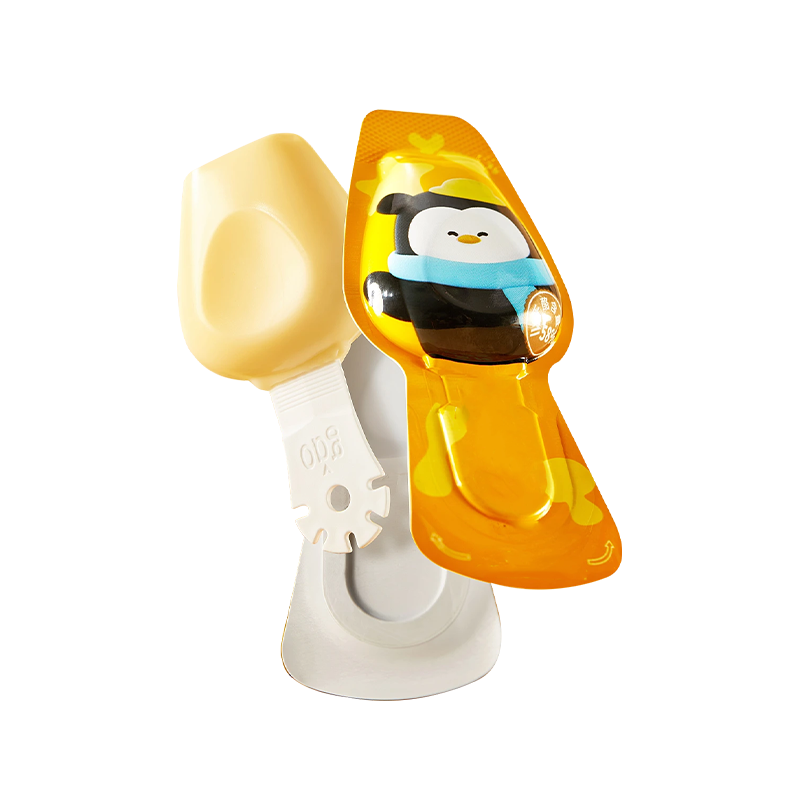Switching from traditional PP (Polypropylene) or PE (Polyethylene) substrates to EOE-based easy-peel films presents a significant opportunity for packaging innovation, albeit with various cost implications that must be carefully considered. EOE (Ethylene-Octene) copolymers are gaining attention for their superior peel strength consistency, which ensures a reliable and effortless opening experience for consumers. This characteristic is crucial in enhancing user convenience and reducing frustration associated with traditional packaging methods. Unlike PP or PE films, which may vary in peel force and sometimes fail to provide a consistent user experience, EOE-based films offer a stable peel force ranging from 3 to 10N/15mm, customizable to meet specific customer requirements. This stability not only improves consumer satisfaction but also contributes to operational efficiencies by reducing the likelihood of product damage during opening.
However, the decision to adopt EOE-based films involves a thorough analysis of cost factors. One of the primary considerations is material cost. EOE copolymers may initially be more expensive than PP or PE due to factors such as raw material costs and manufacturing processes. The production of EOE-based films often requires specialized equipment and processes, which can lead to higher initial setup costs. Additionally, the availability and sourcing of EOE copolymers may impact material costs depending on regional supply chains and market demand.
On the production efficiency front, EOE-based films can offer advantages in terms of waste reduction and quality control. These films typically exhibit better control over peel force and fewer defects like black dot crystal points, aligning with stringent quality standards such as GB/T28117. This quality consistency not only enhances the appeal of packaged products but also reduces waste in production, potentially offsetting higher material costs over time through improved efficiency.

Supply chain considerations also play a crucial role. The logistics involved in sourcing EOE copolymers and distributing finished products can influence overall costs. Companies may need to evaluate transportation expenses and inventory management strategies to optimize cost-effectiveness while ensuring consistent supply to meet market demands.
Regulatory compliance is another aspect that cannot be overlooked. EOE-based films intended for food contact applications must adhere to strict safety standards and regulatory requirements. Achieving and maintaining these certifications may incur additional costs for testing, documentation, and compliance activities compared to more established PP or PE materials.
Despite these considerations, EOE-based easy-peel films offer compelling advantages that justify their adoption in certain packaging applications. Beyond their superior peel strength and consistent performance, these films align with sustainability goals by potentially reducing overall packaging waste and improving recyclability compared to traditional materials. Moreover, their ability to enhance consumer experience through reliable and easy opening mechanisms can contribute to brand loyalty and market competitiveness.
While the initial cost implications of switching to EOE-based easy-peel films from PP or PE substrates may pose challenges, the potential long-term benefits in terms of product quality, consumer satisfaction, and sustainability warrant careful consideration. Companies seeking to innovate in packaging solutions must weigh these factors comprehensively to make informed decisions that align with their strategic objectives and market demands.

 LANGUAGE
LANGUAGE
 English
English 中文简体
中文简体











